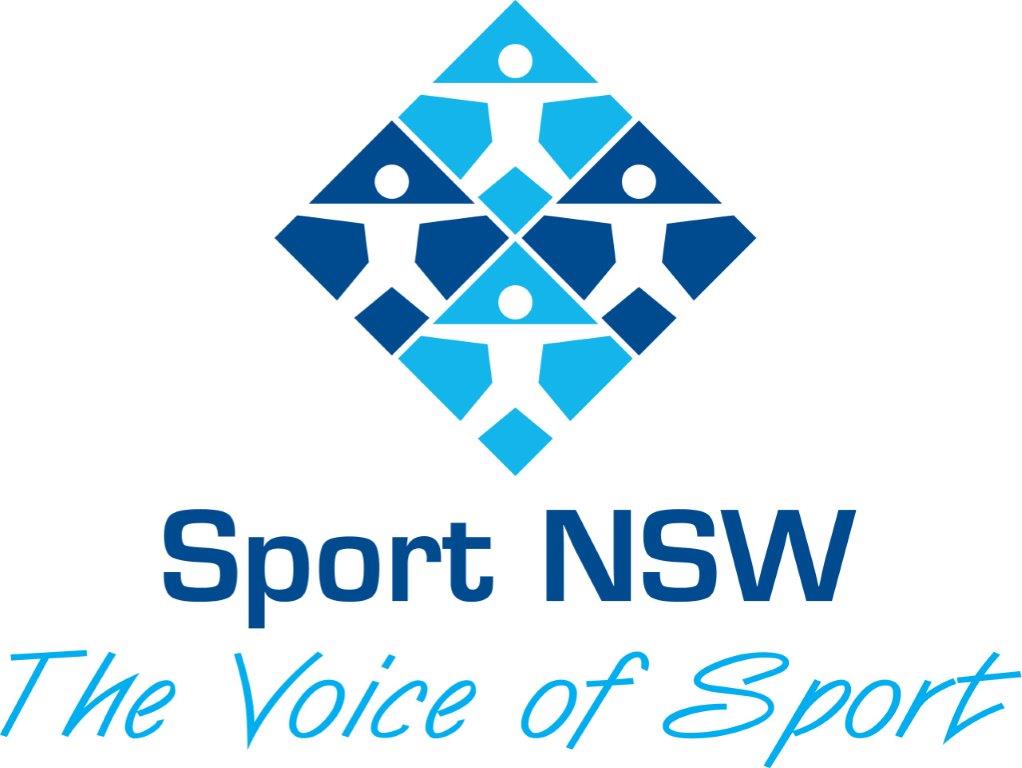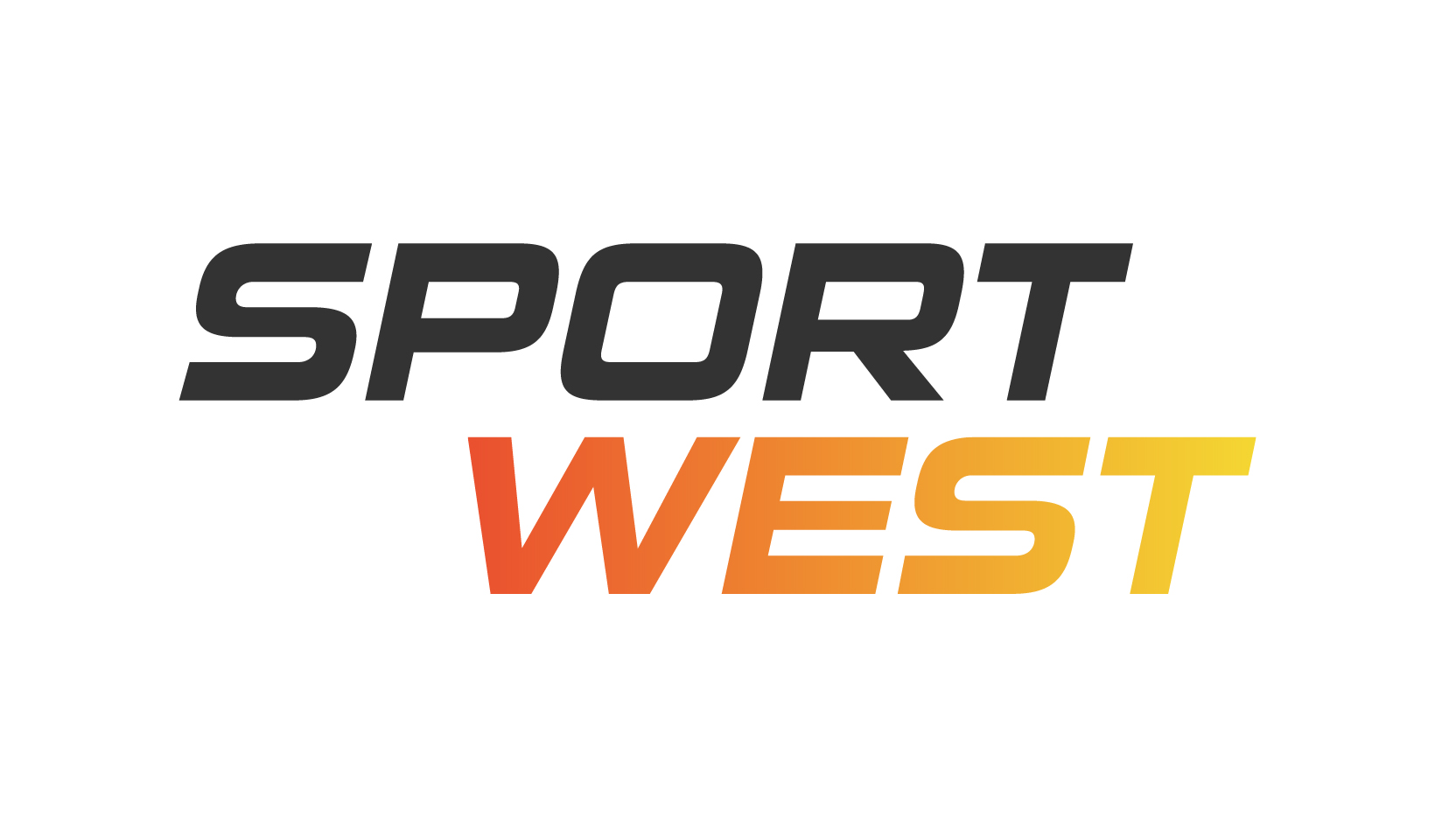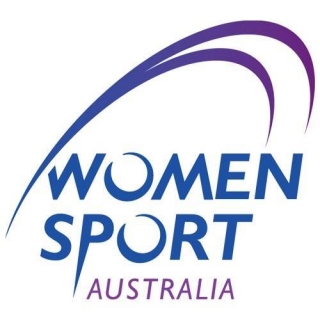A call I received today from a highly respected, successful CEO, underscores the importance of a robust and positive CEO:Chair relationship in sport. Among other things the discussion highlighted the benefits of being transparent and having trust, respect, good communication, clear roles and openness to ensure a strong CEO:Chair relationship. This is a two-way street, with mutual obligations. Sadly, in this case, there is a significant disconnect between the CEO:Chair.
All of us who have worked in sport know the democratic nature of sport organisations brings with it the possibility of leadership change at Board/Chair level. This change can be thoughtful and planned, while at other times it can be urgent and sudden. Regardless of the circumstance, the CEO has the responsibility to ensure operations, strategy and culture endure consistent with the agreed strategic direction.
New Chair/Board leadership often brings different perspectives, ideas and priorities, which can lead to shifts in direction and decision-making for the organisation-as-a-whole. Where there is a sudden, urgent change in leadership it’s not uncommon for the incumbent CEO to be unfairly seen as 'part of the problem, not the solution.'
A change in the organisation's Board or Chair can present both challenges and opportunities for a CEO. Successfully navigating these changes requires adaptability, effective communication and a strategic approach to leadership. It also takes lots of wisdom, maturity, patience and resilience.
Ultimately, successful leadership transition requires a collaborative effort between the new Chair and the current CEO. Both the Chair and the CEO need to find the time to work toward alignment of vision, effective communication, building trust and rapport while gaining a clear understanding of roles & responsibilities.
In successful sport organisations, the CEO typically holds executive authority for day-to-day management, while the Chair oversees governance and strategic direction. From my experience, trying to find this balance is where most conflicts arise between the Chair:CEO particularly as they wrestle through differing opinions on decision-making authority and organisational direction. That’s why establishing clear boundaries and channels for collaboration early in a Chair:CEO relationship can help mitigate power struggles and promote mutual respect.
While it’s certainly not easy being a Chair of a sport organisation, being a CEO is undeniably challenging. If you are fortunate enough to be Chair you need to be compassionate and thoughtful, with a genuine desire to foster a supportive environment, building a strong relationship with the CEO. If you're a CEO with a new Chair, you need to find the path to reach agreement on the boundaries, particularly decision-making. That's not easy in some cases, but ultimately it is necessary for success and happiness.





